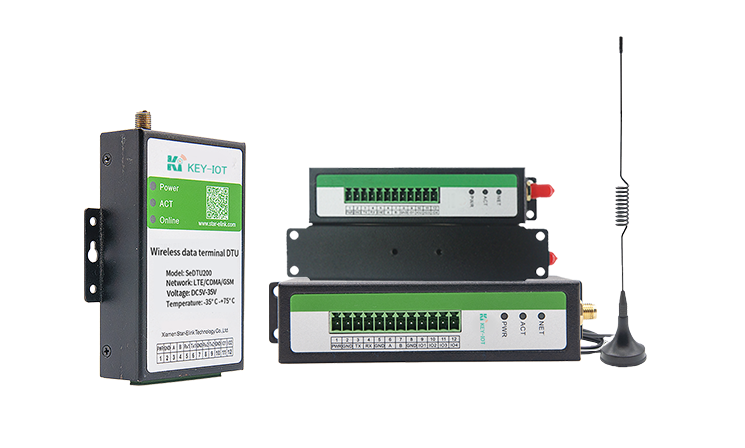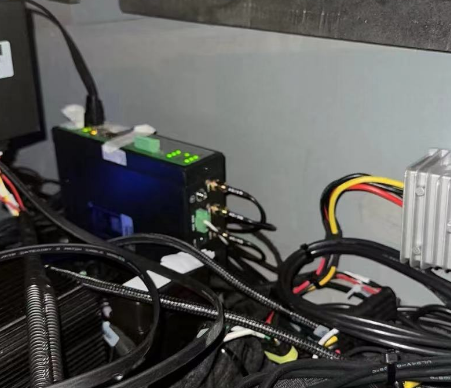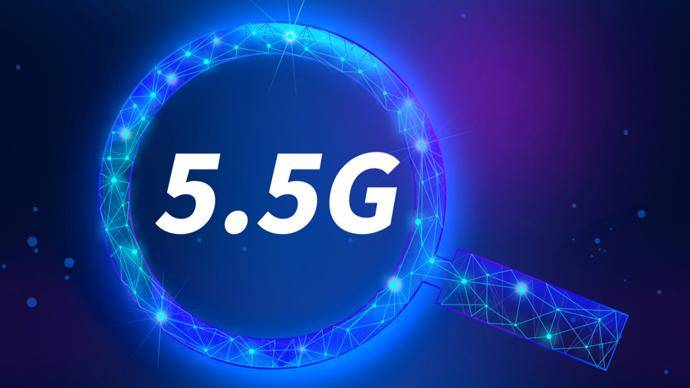The High-Speed Legend of 4G LTE Modems: A Telecom Engineer’s Testimony
Hello everyone, I am a telecom engineer, and today I want to talk about the high-speed data transmission capabilities of 4G LTE modems. In my work, I have had the privilege of experiencing the development of this technology firsthand and witnessing how it has changed our lives.
I still remember when I first entered this industry, 3G networks had just become widespread. At that time, we were already thrilled to be able to browse web pages and send and receive emails on our phones. However, with the proliferation of smartphones, people’s demand for mobile data grew, and 3G networks began to feel inadequate.

Just then, 4G LTE technology emerged, like a breath of fresh air, injecting new vitality into mobile communications. LTE, which stands for Long Term Evolution, is a high-speed wireless data communication standard. Its appearance gave us telecom engineers hope because it could provide higher data transmission speeds and lower latency.
In a 4G LTE network, a key component is the LTE modem. It acts like a small “translator,” responsible for converting our digital signals into radio waves and converting the radio waves sent by the base station into digital signals that our devices can understand.
As technology progresses, the performance of LTE modems continues to improve. Early LTE Cat 3 modems had a downlink speed of 100Mbps and an uplink speed of 50Mbps. Now, LTE Cat 4 modems can support download speeds of up to 150Mbps and upload speeds of 50Mbps, while LTE Cat 6 modems can even reach an astonishing download speed of 300Mbps!
You might ask, how is this achieved? The secret lies in two technologies: OFDMA (Orthogonal Frequency Division Multiple Access) and SC-FDMA (Single Carrier Frequency Division Multiple Access). OFDMA is a multi-carrier modulation technique that divides a broadband channel into multiple orthogonal subcarriers, each of which can carry data, greatly improving spectral efficiency. In the uplink, SC-FDMA technology reduces the power consumption of mobile devices, extending battery life.
This may sound a bit complicated, but let me draw an analogy. Imagine you are a courier who needs to deliver a bunch of packages to a destination. If you can only carry one package at a time, your efficiency will be very low. But if you have a large truck that can load many packages at once, your transportation efficiency will be greatly improved. OFDMA technology is like this large truck; it can transmit multiple data packets simultaneously, thus improving transmission efficiency.
SC-FDMA technology, on the other hand, can be seen as an energy-saving mode of transportation. Suppose your truck is empty on the return trip, which would waste energy. SC-FDMA technology is like an intelligent scheduling system that can arrange for the truck to load cargo on the return trip, saving energy.
These advanced technologies allow 4G LTE modems to provide such high-speed data transmission. For us telecom engineers, this is a huge breakthrough. It means we can provide users with smoother video playback, faster file downloads, and clearer voice calls.
I still remember the first time I used a phone that supported LTE Cat 6. The experience was incredible. I was in a coffee shop and downloaded a high-definition movie using my phone in just a few minutes. In the 3G era, this might have taken several hours!
This is the charm of technological progress. It not only changes our work but also changes our lives. As a telecom engineer, I am proud to be a part of it. I know that with the arrival of the 5G era, mobile communication technology will see even greater development. And I will continue to work with my colleagues to strive for building a better communication world.
 KEY-IOT
KEY-IOT



